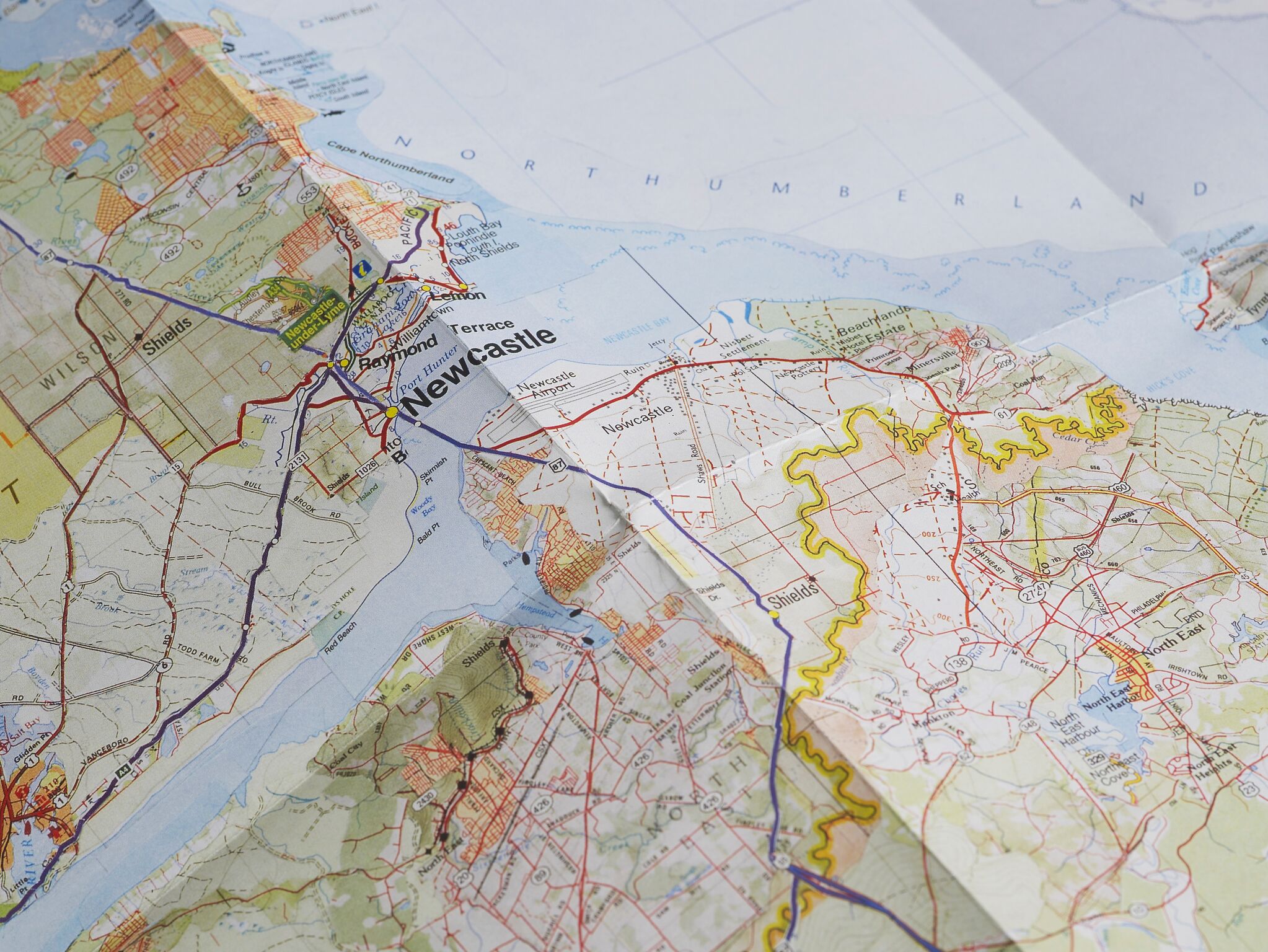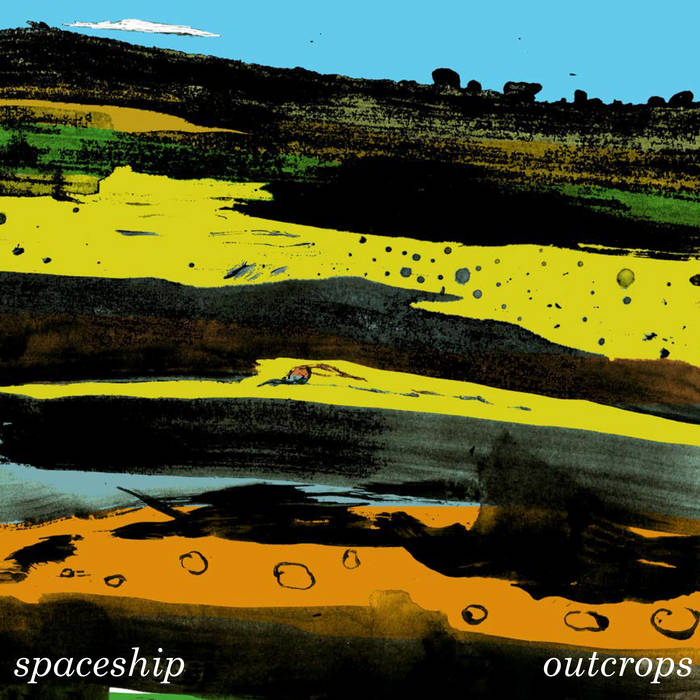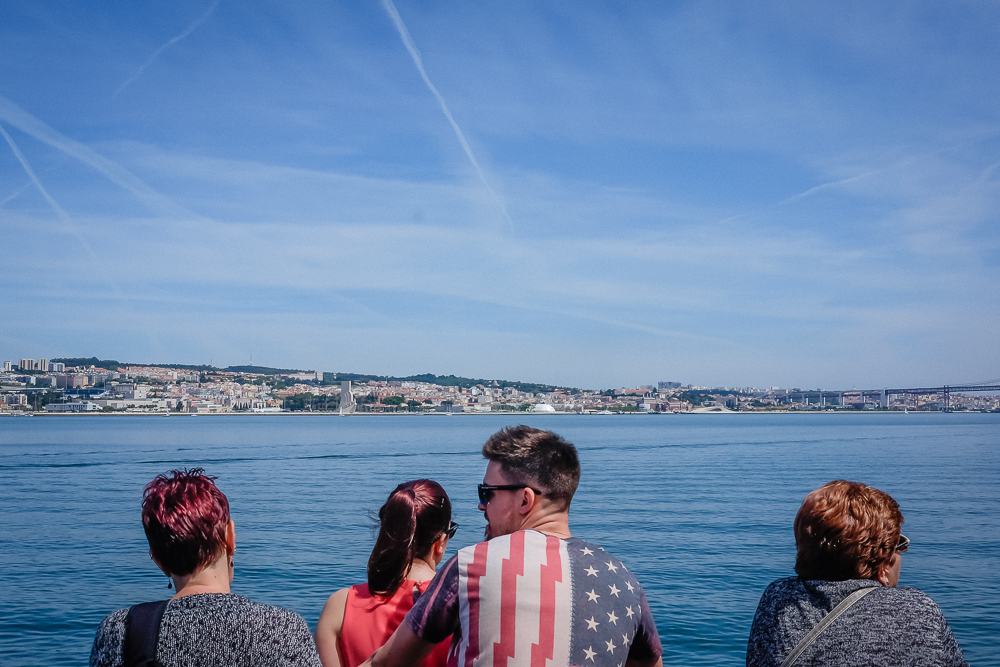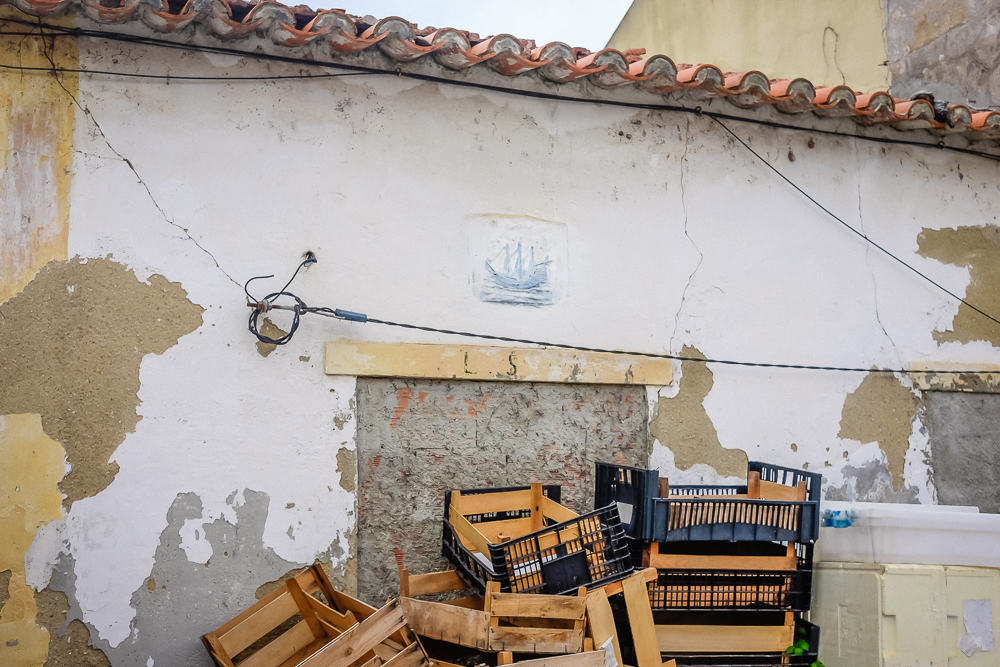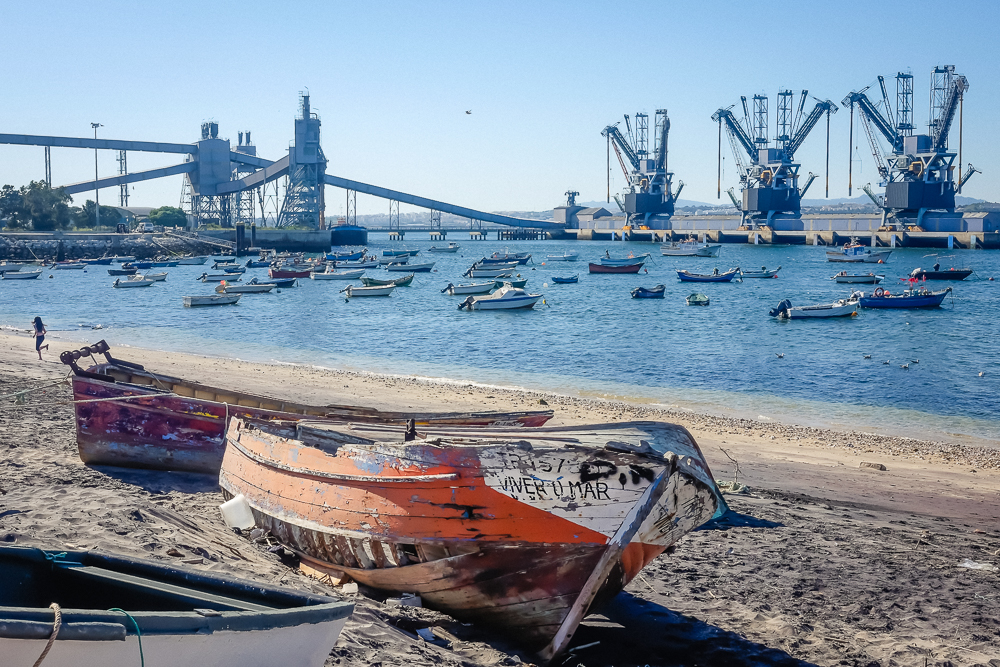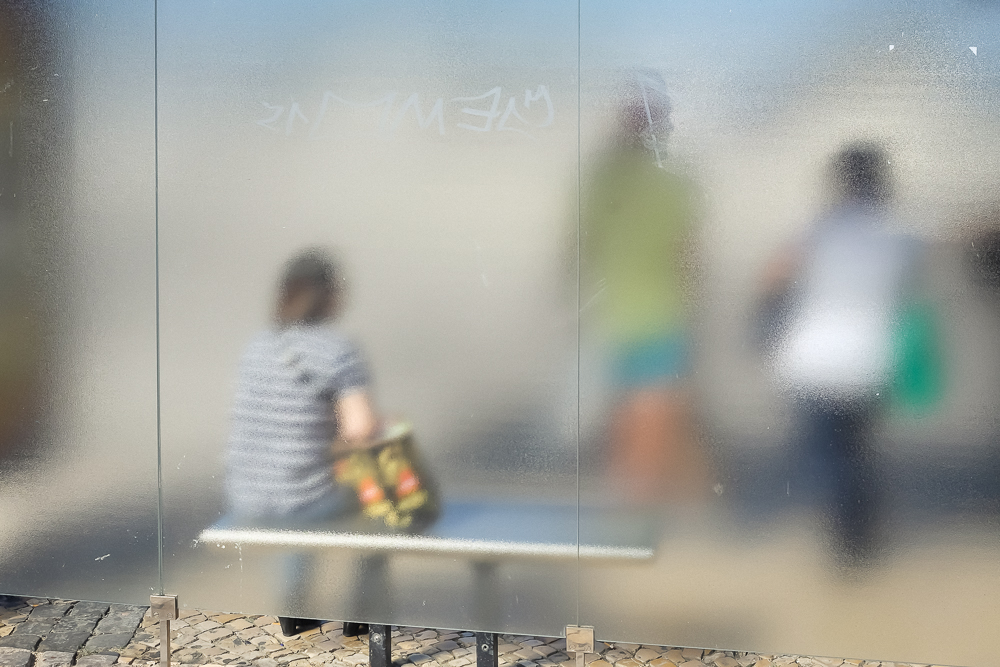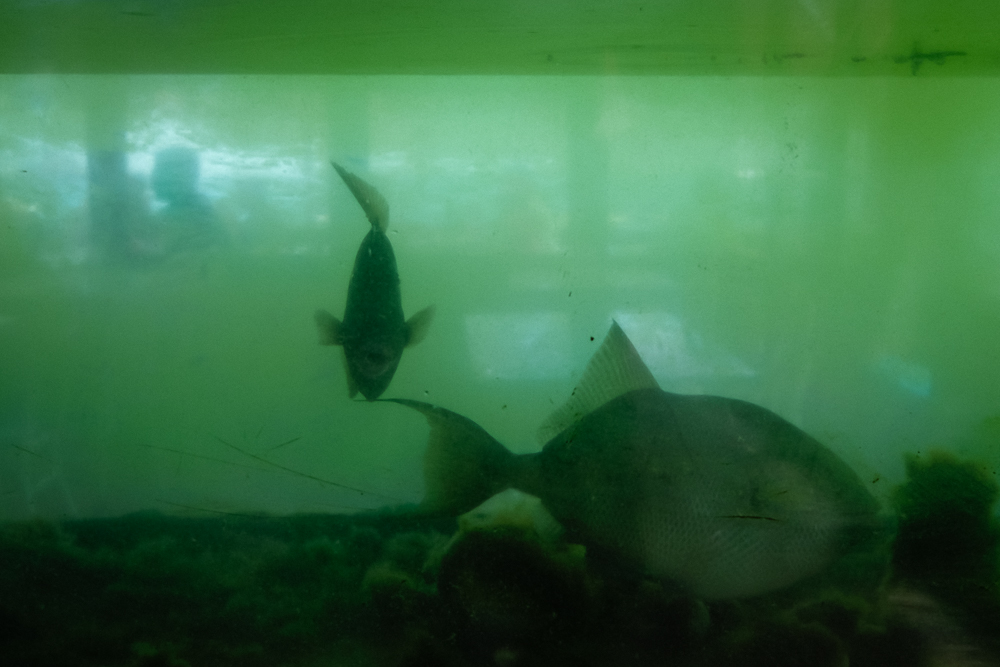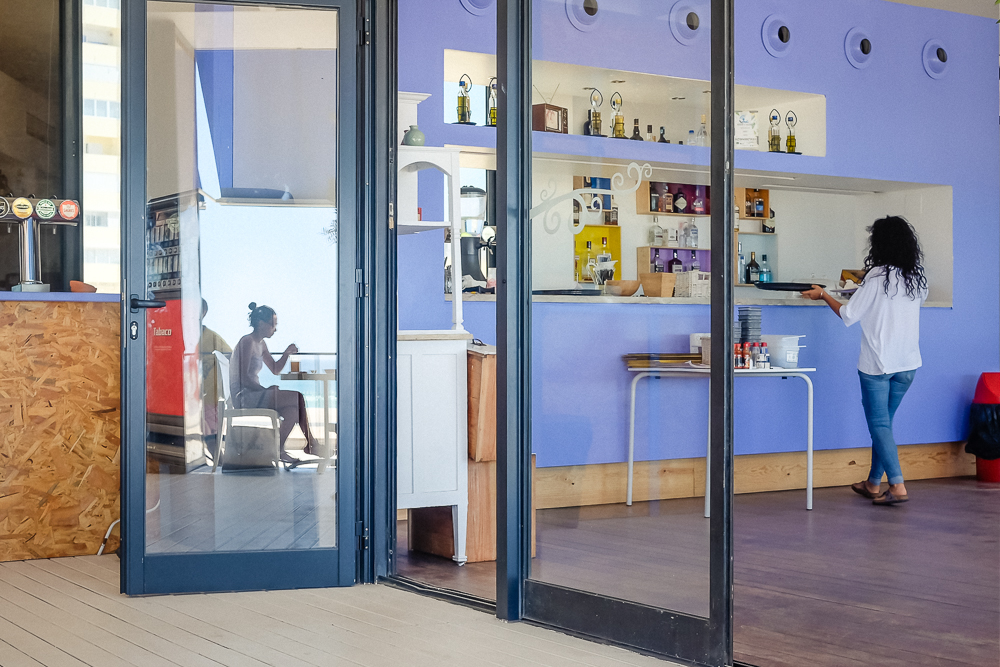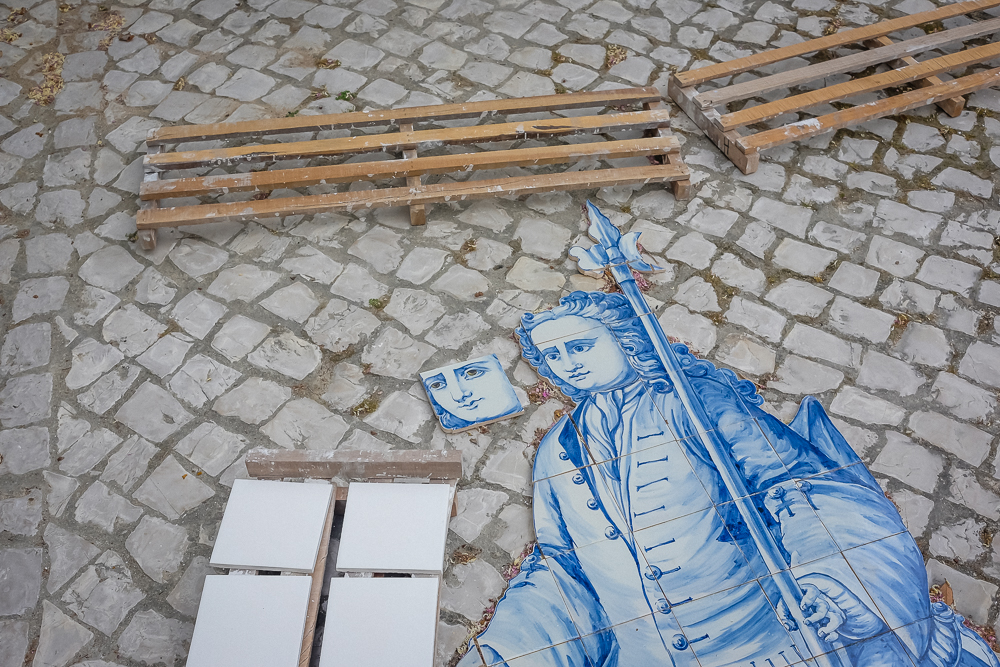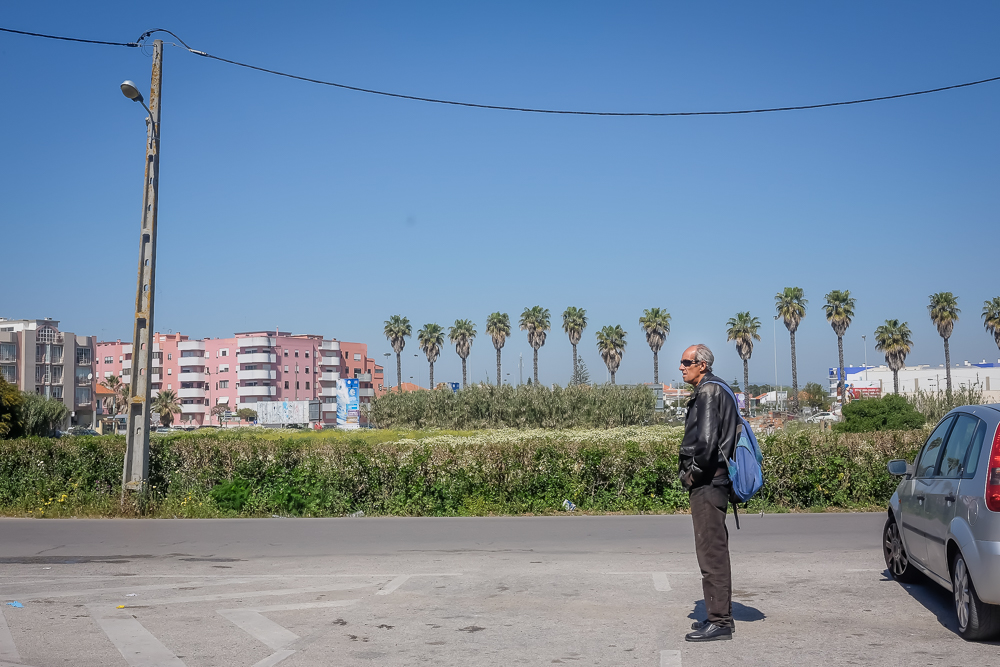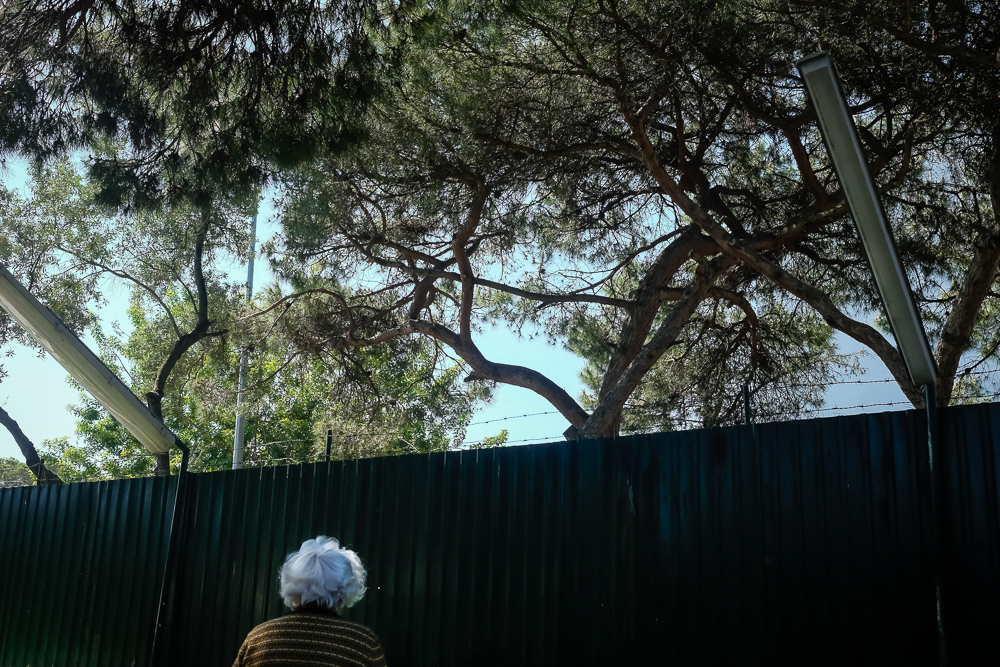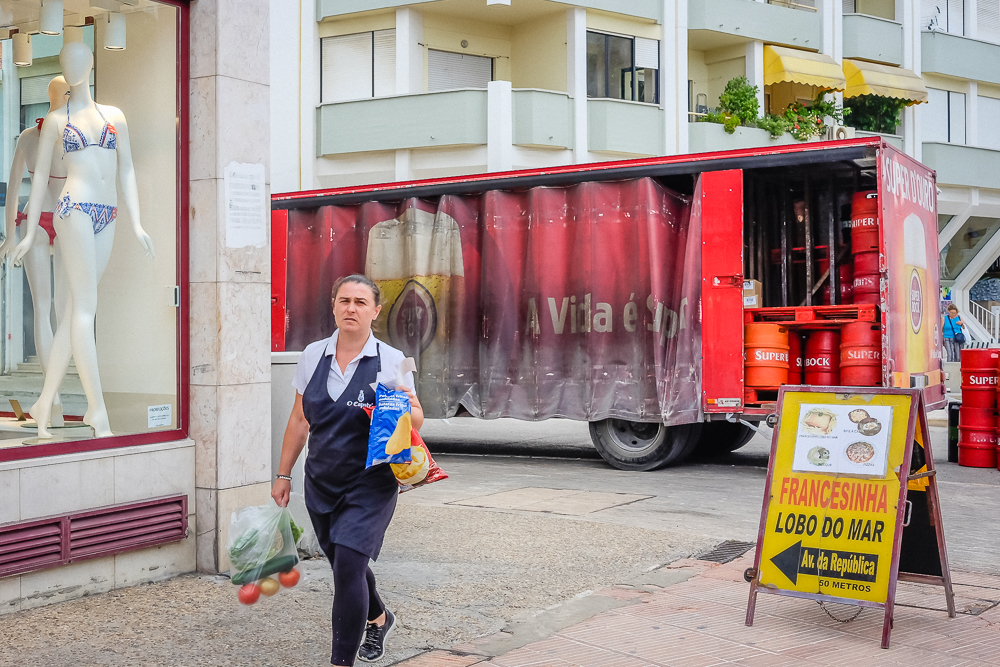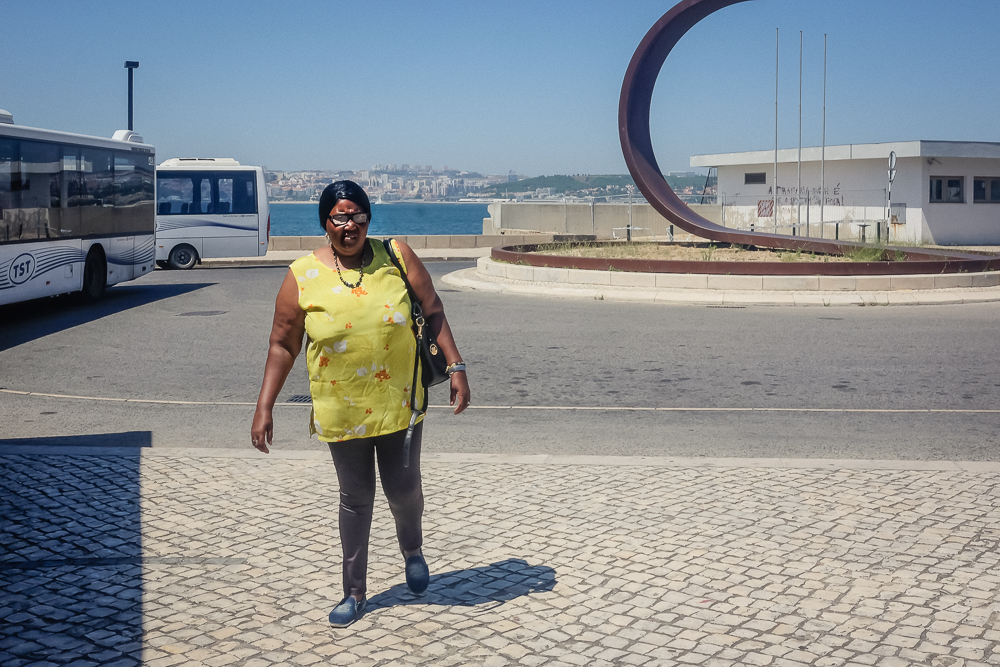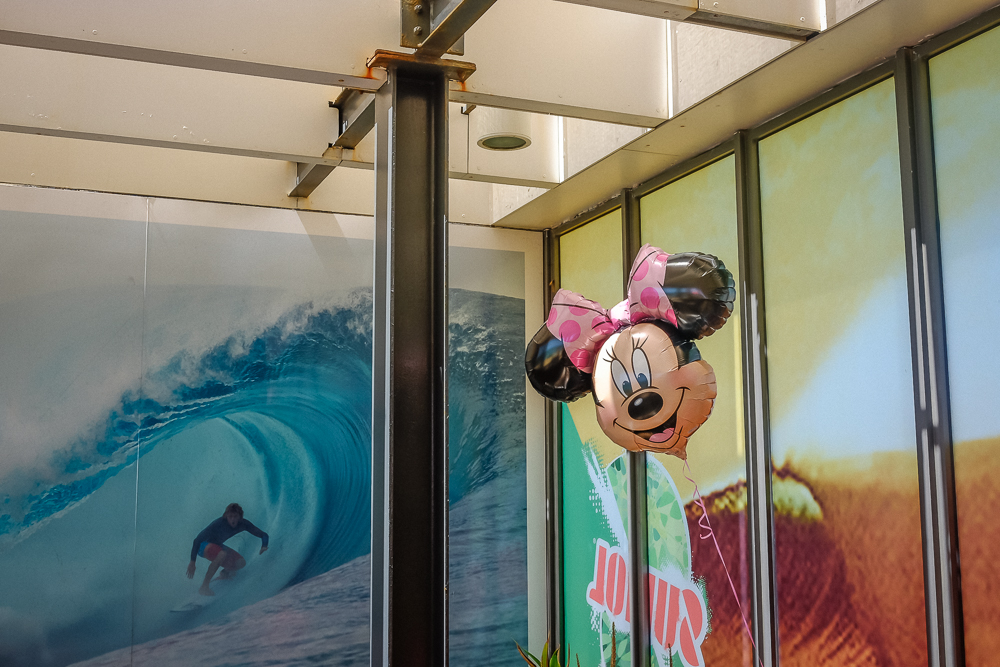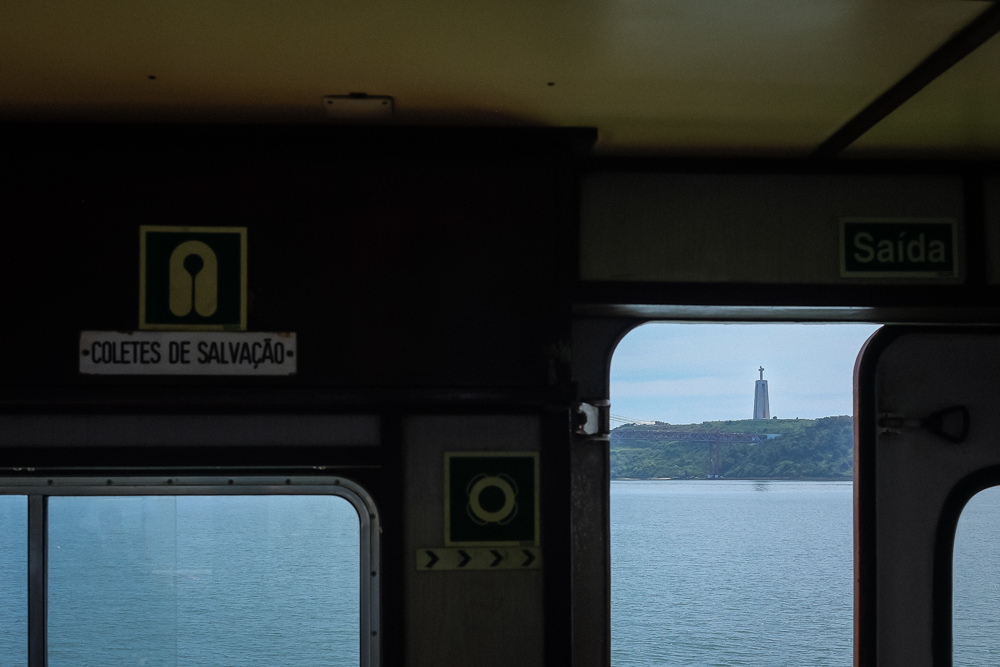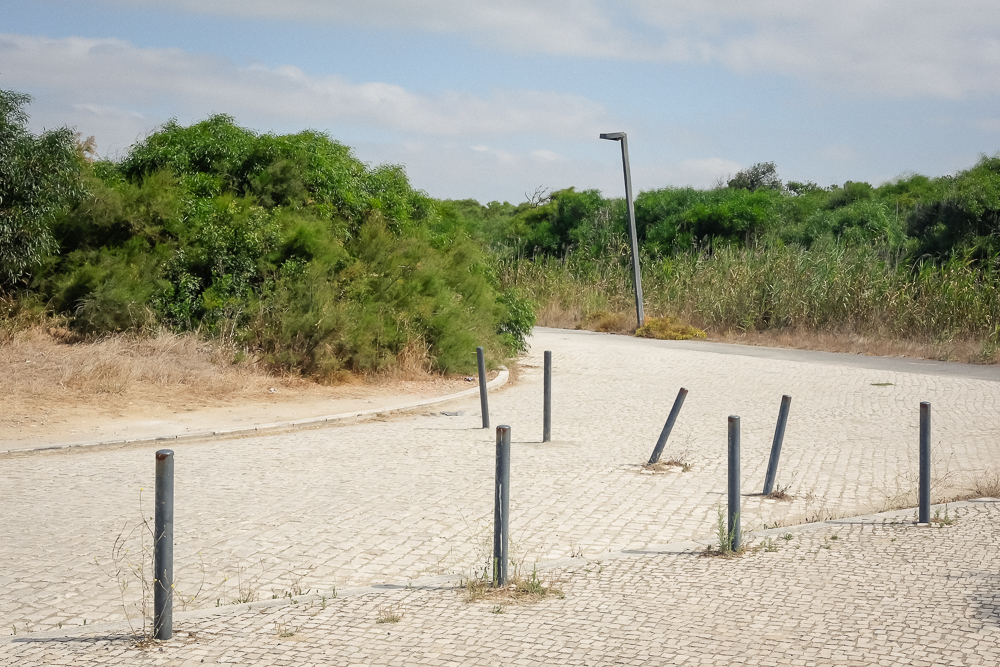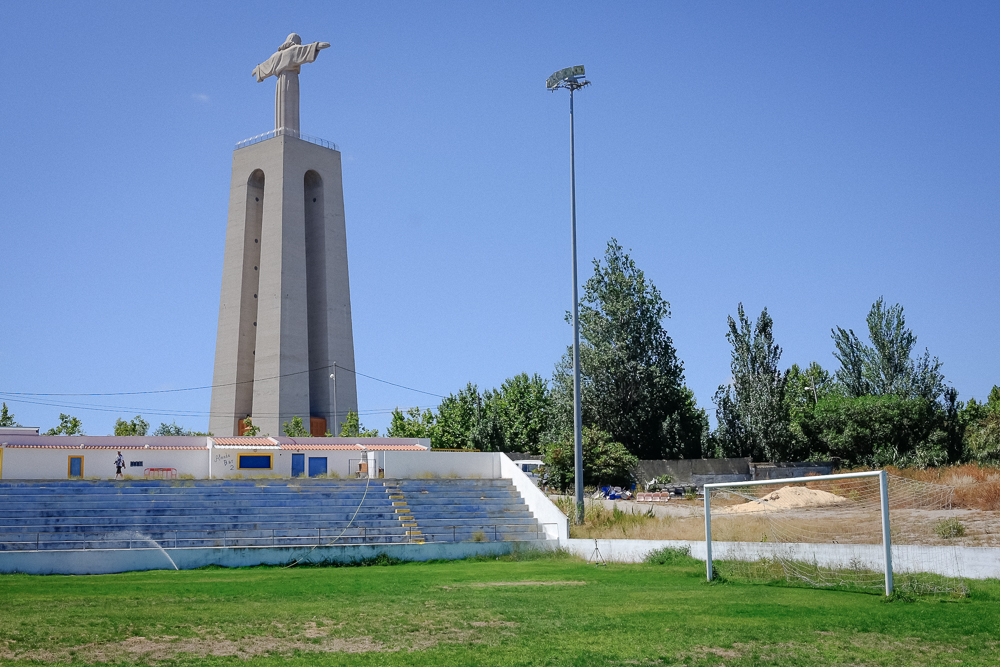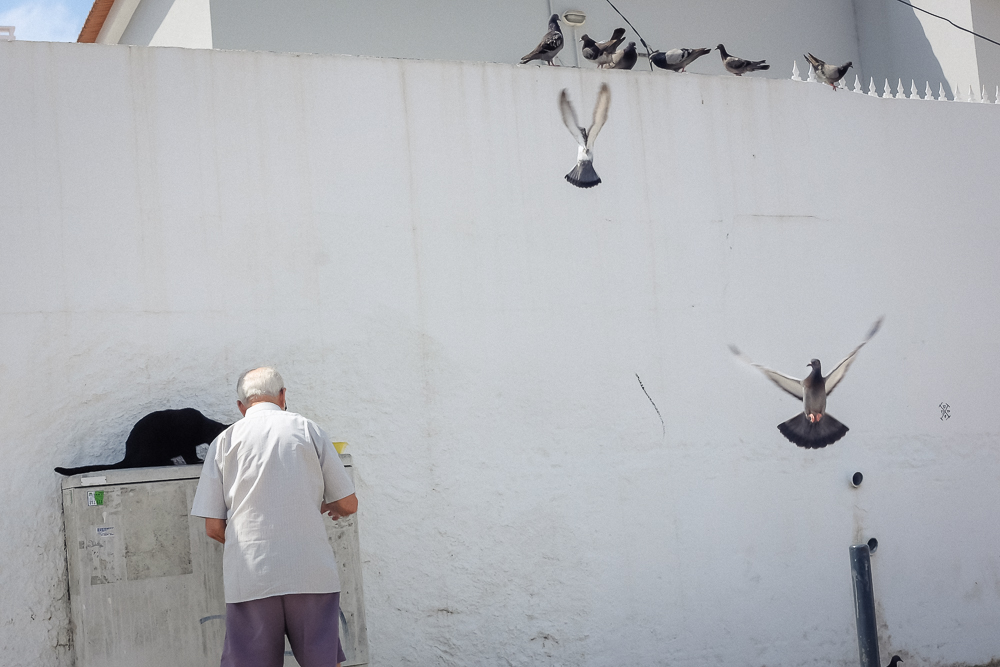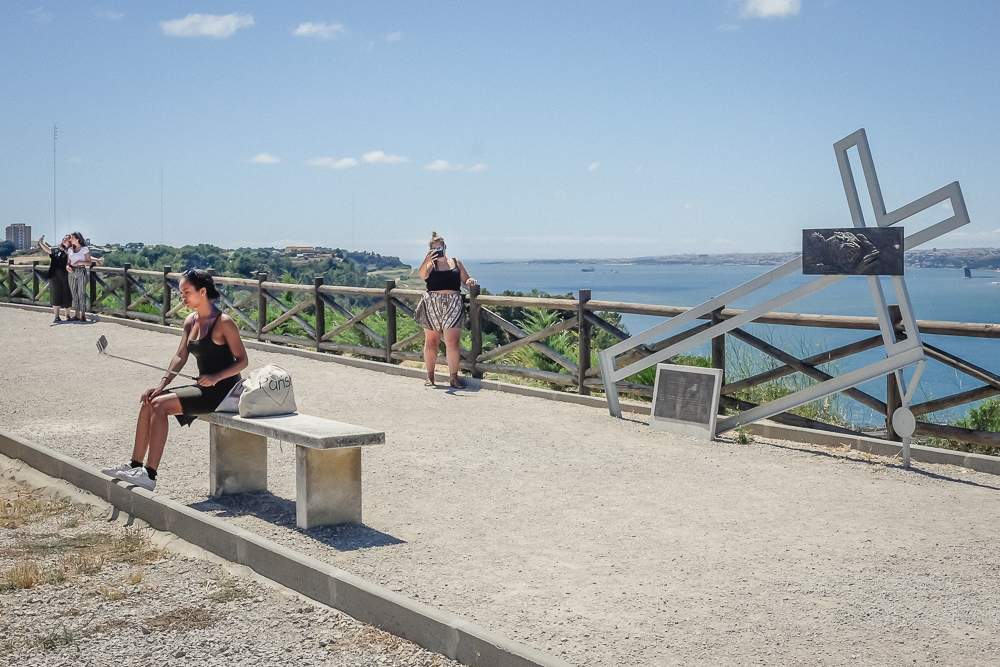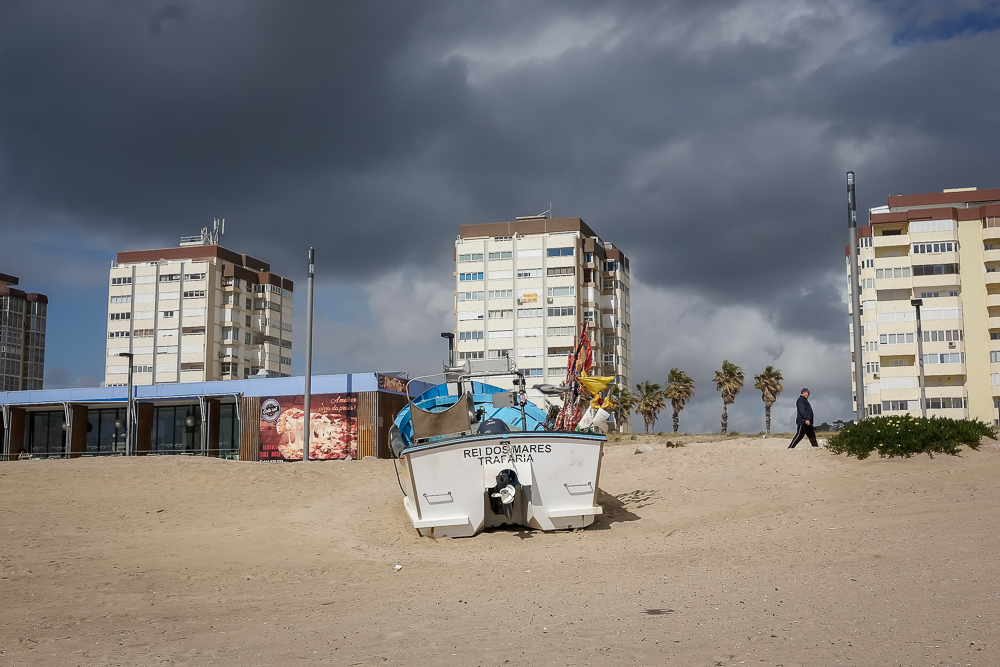By Anna Evans:
The passage is a city, a world in miniature.
– Walter Benjamin
Our walk back through the city, in the fading light, when everything starts to look different. We take the Metro upwards, with the idea that we can descend back towards the centre via a series of steps marking our route. I am charged with navigating streets unknown to me: guesswork, anticipating the disorienting effects of the darkness. Already, it begins to fold over us, obscuring the paths we take, bending downwards through the lit city streets.
You expect the secrets of the streets to unveil themselves like a map, as if you could look at them from above; but they only come step by step, there is no panoramic view.
It is at this time of day that the city begins to reveal itself. When street lamps are lit, exposing walls and the narrow passageways between buildings. The lights illuminate brightly so that the wall seems cast in yellow stone, and the shadows of overlooked corners steal away to find new hiding places.
The shutters suggest a neglected abandon, broken and crumbling. For a moment I am mesmerised, drawn inwards to claustrophobic interiors, the living darkness; concealment of unspeakable shadow. Echoes of the uncountable possibilities of the concave life of the city.
Out on the streets daytime is retreating, furtively, while the night is lit up like a museum display. Steps leading upwards, and at their base the silent scream of graffiti on walls. Unabashedly colourful, it becomes a mural, taking its place within the narrative of the streets.
As we walk, you identify one of the symbols that mark the famous passageways, the lion’s head, and opening the heavy wooden door we enter, perhaps there is a passage through. At the entrance I take a photograph…
***
It has been a day of wandering streets, drawn into courtyards and entrances, seeking glimpses of interiors, arches and vaulted ceilings. The traboules, the network of passages between buildings, crossing through the streets of old Lyon.
When the city was occupied in the Second World War, Resistance fighters used this system of passageways to evade the Gestapo and as meeting or drop-off points. Perhaps this is why they feel underground in some way, like stumbling upon the unseen and hidden side of the city. An in-between space, they suggest undercover operations, secrets and trespass, a code you have to know about; off the map.
They are a passage through where it looks like there is none.
***
The photograph shows a series of staircases lit up, rising to the top of the building. Railings ascending, the stairwells connect the floors, crossing sides and linking them together. The stairway exposed, ironwork and stone pillars; it is as though one partition, one side of the edifice has been removed, like a doll’s house.
In the photograph, the yellow light is eerie; it accentuates murkiness and incandescence. The ascent of the stairs a gradual slant upwards, shadowy and bending towards the reflected cast of iron railings. Lit up, haunted space. Through the closed door the city continues, spilling its inside into the outside. It is like seeing what usually takes place under cover, behind the walls of the building. Like an undercover car park, subterranean and suggestive. The illusion of mystery; what it looks like when no one is around.
Looking at the photograph, I notice the figure again; remembering how entering the passage had seemed like an intrusion, into a space we thought was empty. In the way that cities have always that possibility of an encounter, in passing by or meeting another, in crossing over. Footsteps following onwards.
In the contrast between bright and dark, the figure both blends in and is exposed. Like a shadow emerging from the walls of the building, ghostlike, and appearing only as the photograph is taken. An apparition. An echo of the light and the shadow. As if the figure is both there and not there.
It is the stillness of the figure that strikes me now. It is as though they have been sitting a long time, on the stairs, outside of laws and history. The lit cigarette, like a pause. The brightness of the light making a silhouette. The smallness of a human figure positioned in space and timeless, against the city streets. A witness to all the hidden and secret encounters, and to everything that might take place in a passageway.
***
Anna Evans is a writer and researcher from Huddersfield in the north of England, currently living in Cambridge. Her interests are in migration and literature, cities and movement, and she completed an MA in ‘Writing the Modern World’ at the University of East Anglia in 2017. She is currently working on a project on the places in Jean Rhys’s fiction.


